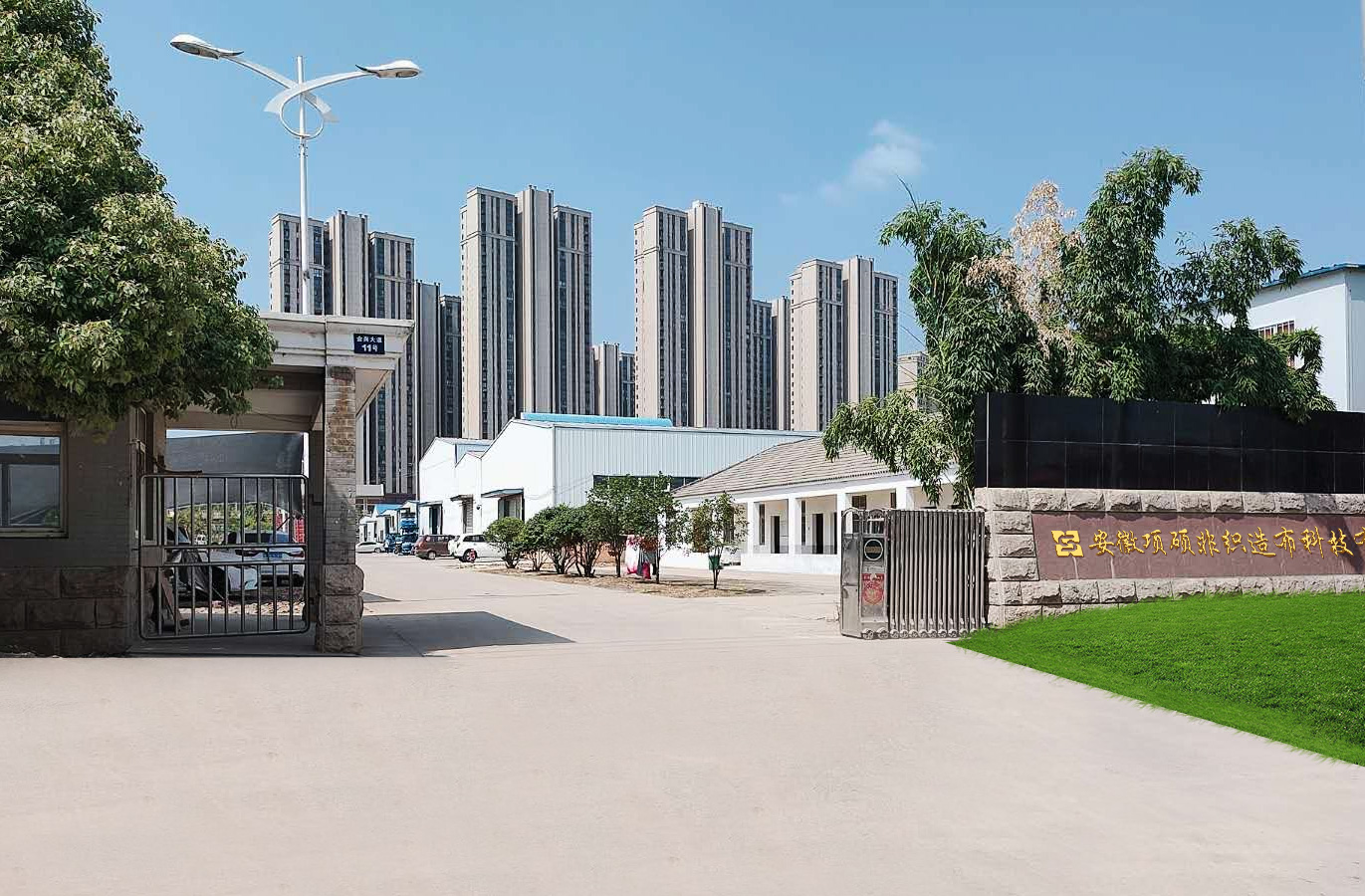
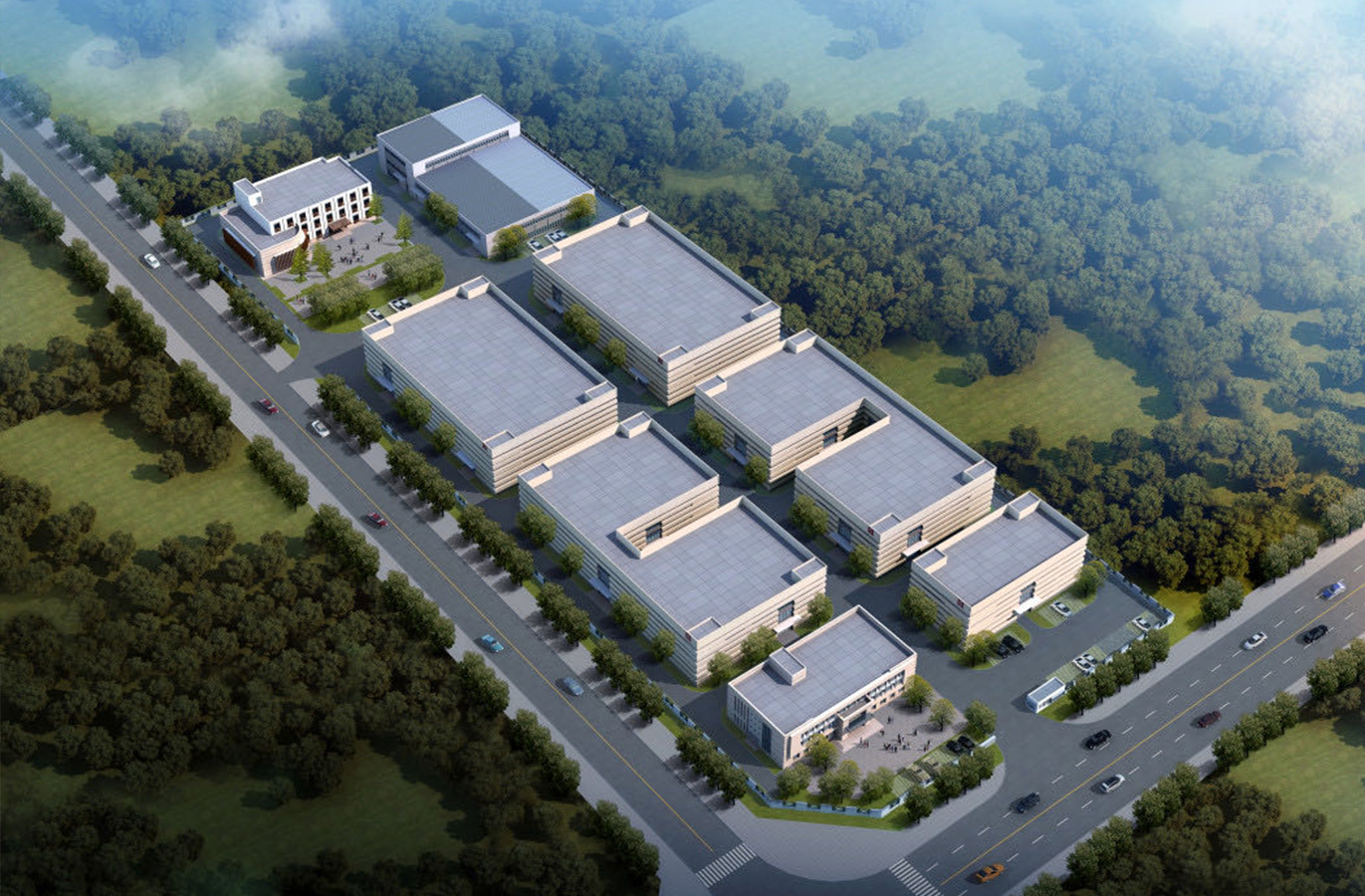
Anhui Xiangshuo Nonwoven Technology Co., Ltd. is located in Wushan Town, Changfeng County, Hefei City, Anhui Province, near Jiangsu, Zhejiang and Shanghai, with convenient transportation and an area of 42 acres. The company was established in July 2019 with a registered capital of 10 million yuan. Committed to the development and production of environmentally friendly nonwoven consumables, it is an emerging production-oriented enterprise with complete equipment and strong technical force, and was rated as a key investment attraction enterprise in Hefei Xinqiao Industrial Zone. The company currently has production lines for PP nonwoven fabrics and polypropylene spunbond nonwoven fabrics, with a width of 1.8 meters to 3.2 meters and a grammage of 9 to 250 g / m². The product has the characteristics of flame-retardant, anti-aging, anti-static, acid and alkali resistance, non-toxic, non-pollution, degradable and other environmentally friendly products. The main scope of our company's experience: R & D, production and sales of non-woven fabrics, non-woven products, and new materials for non-woven fabrics; manufacturing and sales of chemical fiber equipment and non-woven fabric equipment; R & D, production and sales of plastic masterbatch functional master batches; R & D, production and sales of supplies; R & D, production and sales of PE woven tarpaulins, furniture covers, plastic nets, trash cans, and plastic houses.
We always adhere to the principle of "survive by quality, develop by integrity", further improve the management level of the enterprise, achieve the development goals of the enterprise, and strive to become a continuous leader in the industry.
Founder Mr. Xiangxian Jun has 18 years of rich experience in China's non-woven fabric industry. He has developed customers in most parts of the country and overseas markets.
We always adhere to the principle of "survive by quality, develop by integrity", strictly control product quality in production, and always adhere to integrity-based operation.
The company is committed to the development and production of environmentally friendly nonwoven consumables. It is a production-oriented enterprise with complete equipment and strong...
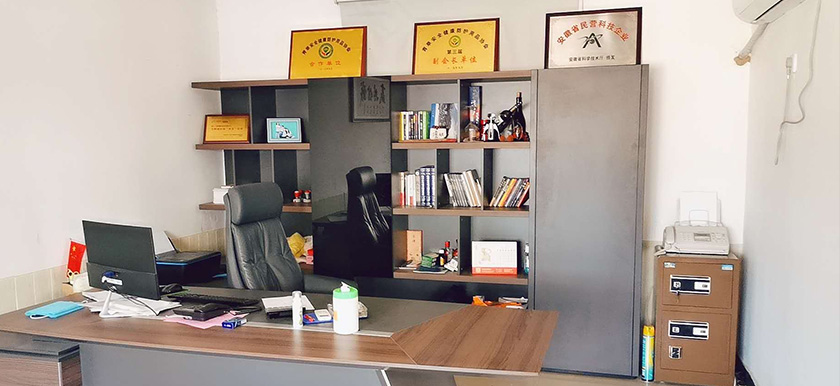
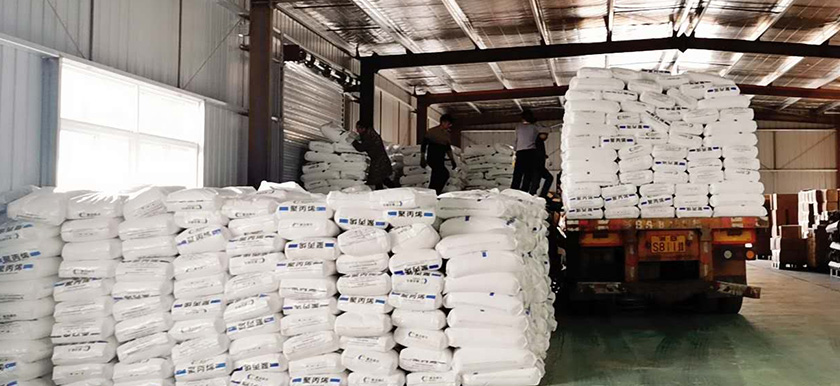
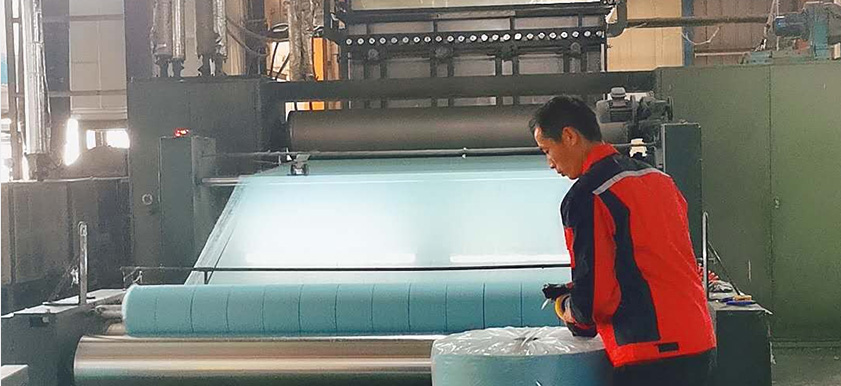
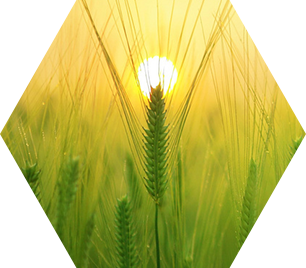
Seedling cultivation, breathable heat preservation and moisturizing, insect control, grass and frost resistance, UV resistance
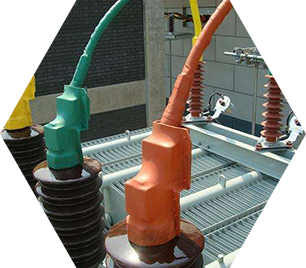
Filter materials, insulation materials, cement packaging bags, garden warmth, etc.
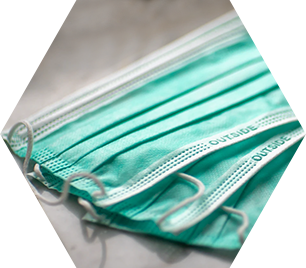
Surgical gowns, protective clothing, disinfection bags, disposable surgical mattresses, masks, etc.
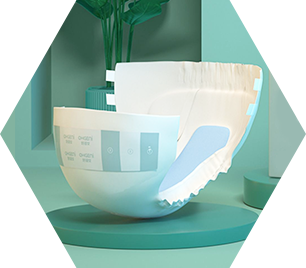
Sanitary napkins, sanitary pads, diapers, wipes, beauty products, etc.

Furniture covers, non-woven wallpaper, table cloth, etc.
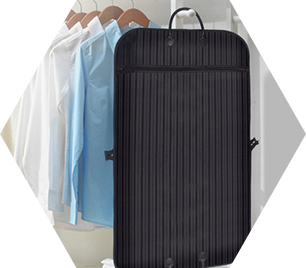
Lining, adhesive lining, non-woven suits, shoes, bags, etc.
In today's material market where environmental protection and practicality are given equal importance, PP non-woven fabric, with its unique properties, has gradually become the first choice in many industries. So, what is PP non-woven fabric? What are its advantages and in which fields can it be applied? This article will conduct an in-depth analysis of this material to help you fully understand its value.What is PP non-woven fabric?PP non-woven fabric, fully known as polypropylene non-woven fabric, is a non-woven material directly processed from polypropylene fibers through processes such as meltblown and spunbond. Unlike traditional textiles, it does not require spinning and weaving. Instead, fibers are combined and formed through physical or chemical methods. This production process is not only highly efficient but also significantly reduces energy consumption, making it an economical and environmentally friendly material option.The core advantages of PP non-woven fabricEnvironmentally friendly and degradable: Polypropylene, as a thermoplastic resin, can reduce environmental pollution through recycling and reuse. Some PP non-woven fabrics also support biodegradation, which is in line with the modern concept of sustainable development.Lightweight and durable: PP non-woven fabric is light in weight but has excellent tensile strength and wear resistance, making it suitable for a wide range of usage scenarios.Waterproof and antibacterial: Its hydrophobic property makes it less likely to breed bacteria in damp environments, and it is widely used in medical and hygiene fields.Strong air permeability: The pore structure between the fibers ensures excellent air permeability, making it suitable for clothing and agricultural covering materials.Low cost: The mature industrial production process and low raw material prices make PP non-woven fabric have high cost performance.The wide application fields of PP non-woven fabricMedical and health care: Disposable masks, protective suits, surgical gowns, etc. are all made of PP non-woven fabric to ensure safety and hygiene.Agricultural horticulture: As an insulating and weed control fabric, it helps crops grow and reduces the use of pesticides at the same time.Home packaging: Shopping bags and home storage products are widely popular for their lightness and durability.Industrial filtration: In air and water filtration systems, PP non-woven fabric can effectively intercept particulate matter.Automobile interior: Used for seat cushions and sound insulation materials to enhance driving comfort.
MORE+Export growth leads the world, with resource-based products becoming the core engineAccording to the forecast data of the Economic Commission for Latin America and the Caribbean, the export value of goods from Latin America and the Caribbean to China will achieve a year-on-year growth of 7% in 2025, which is significantly higher than the export performance to the European Union and the United States. The core driving force behind this growth is not only the steady increase in the sales of agricultural products such as meat and soybeans, but also the rise in the prices of mineral products like copper, which has played a key supporting role.For the textile industry, this data conceals multiple signals. The abundant natural textile raw material resources such as cotton and wool in Latin America have long been an important supply end of the global textile industry chain. With the continuous heating up of agricultural product trade between China and Latin America, the cross-border circulation efficiency of textile raw materials is expected to be further enhanced, providing new possibilities for domestic textile enterprises to reduce raw material procurement costs and optimize supply chain layout.The expansion and acceleration of imports have made the Asian market a strategic directionWhile exports have been growing, the import trade from China in Latin America has also demonstrated strong resilience. The Economic Commission for Latin America and the Caribbean (ECLAC) has clearly pointed out that the region's imports from China are expected to achieve a high growth rate of 13% in 2025. Moreover, the region is accelerating the adjustment of export directions, with the Asian market, especially China and ASEAN, as key areas for layout.This strategic shift holds profound significance for the textile industry. As a major global textile manufacturing country, China enjoys a complete industrial chain advantage and cost competitiveness in fields such as fabrics, clothing, and textile machinery. The growing import demand in Latin America provides a broad space for domestic textile enterprises to open up new export markets. Especially against the backdrop of the global trade landscape's reconstruction, the rise of the Latin American market is expected to become a new growth pole for China's textile foreign trade, effectively hedging against the fluctuation risks of traditional markets.Declaration: The content of this article is compiled from the Internet and the copyright belongs to the original author. If there is any infringement, please inform us in time and contact us for deletion.
MORE+Spunbond nonwoven fabric is a nonwoven material produced by the spunbond method and has been widely used in multiple industries in recent years. It is mainly made of polypropylene and produced through processes such as melting, spinning, web laying and reinforcement. This material not only has a high production efficiency but also possesses excellent performance, gradually becoming an ideal substitute for traditional textiles.The production process of Spunbond nonwoven fabric determines its unique characteristics. In spunbonding, high-molecular polymers are melted and extruded through spinneret holes to form continuous filaments. These long filaments are stretched by air flow, randomly laid into a fiber web, and then reinforced by hot rolling or chemical methods. This process endows spunbond nonwoven fabric with uniform texture, high strength and good air permeability. Compared with needle-punched or spunlace nonwoven fabrics, the nonwoven fabrics produced by spunbonding are thinner and lighter while maintaining good durability.In practical applications, Spunbond nonwoven fabrics cover multiple fields. In the medical industry, it is used to make surgical gowns, masks and disinfectant wraps, and is favored for its antibacterial properties and comfort. In household items, spunbond nonwoven fabric is often used in shopping bags, bedspreads and decorative materials, being lightweight and easy to process. In agriculture, it can be used as a covering cloth to keep warm, prevent pests and increase crop yields. In addition, spunbond nonwoven fabrics are also widely used in industrial filtration, packaging materials and geotextiles, helping to enhance structural stability.Environmental protection is another major advantage of Spunbond nonwoven fabric. As a recyclable material, it is degradable under natural conditions, reducing pollution to the environment. With the enhancement of global environmental awareness, spunbond nonwoven fabrics have played a significant role in replacing plastic products, meeting the demands of sustainable development.In conclusion, spunbond nonwoven fabric has become an important material in modern industry due to its efficient production process, wide application fields and environmental protection characteristics. Whether in daily life or professional fields, it demonstrates irreplaceable value.
MORE+